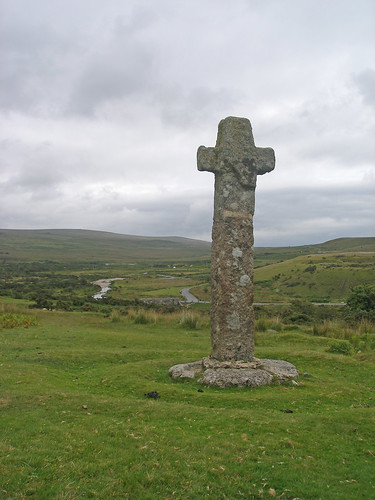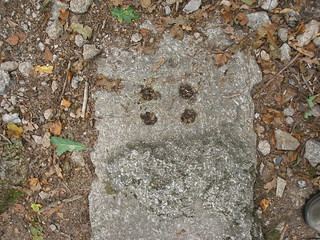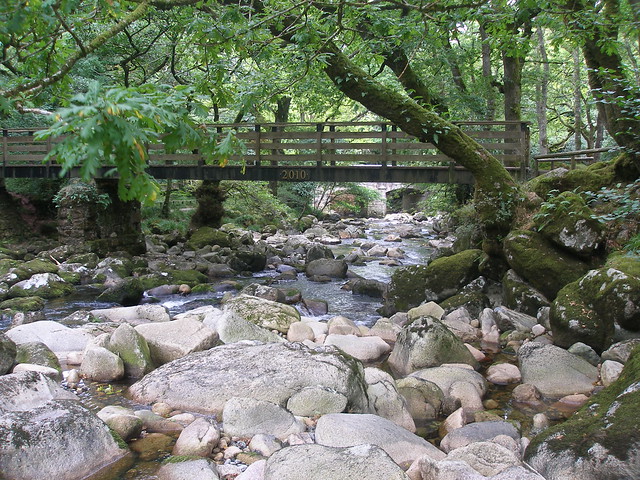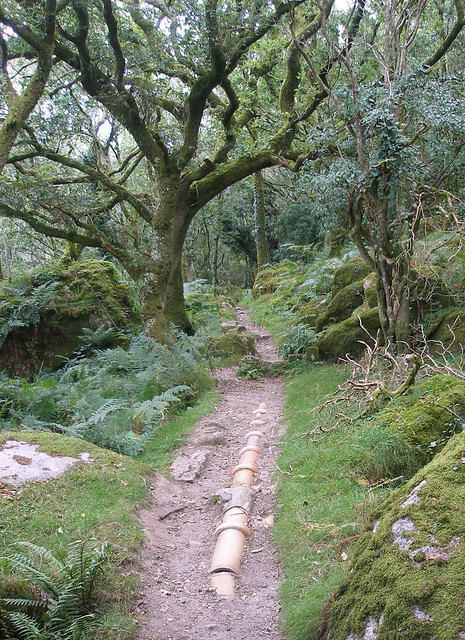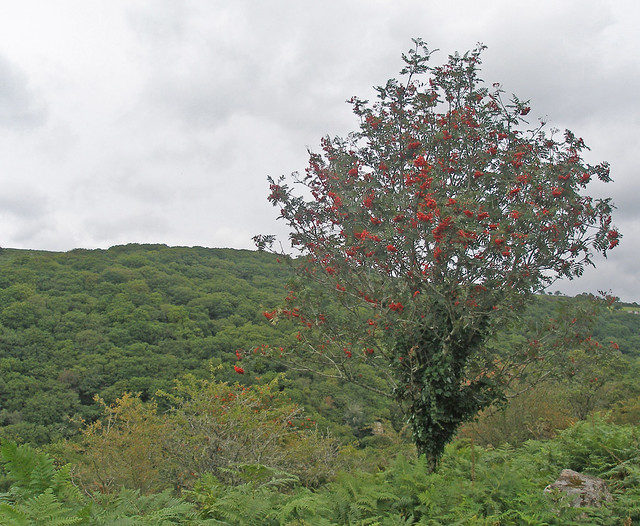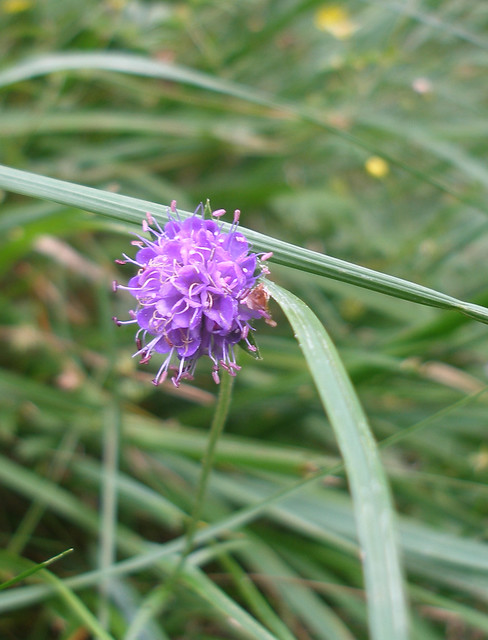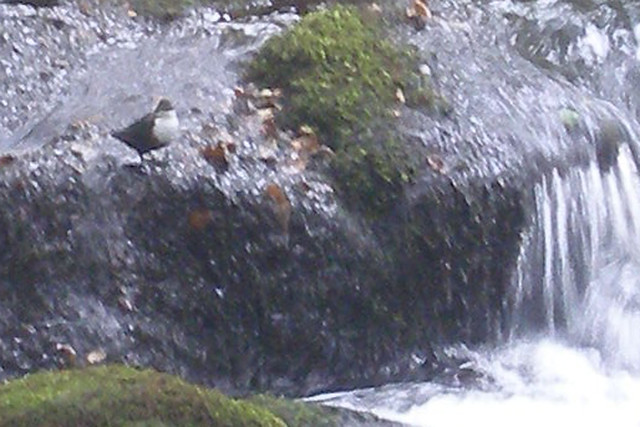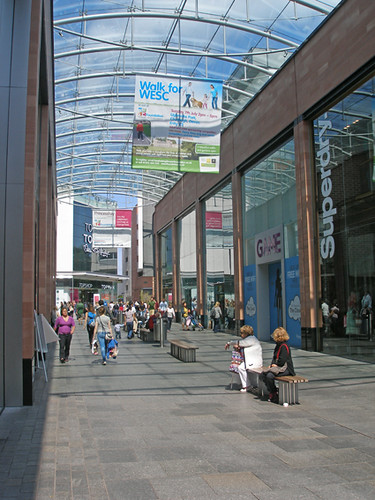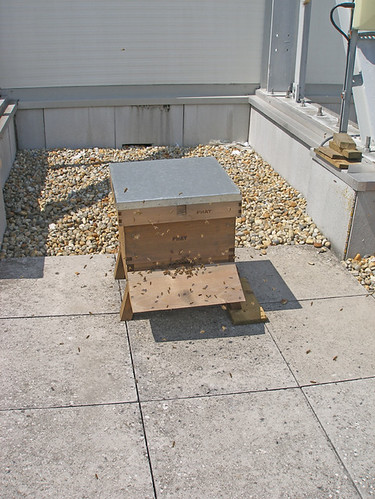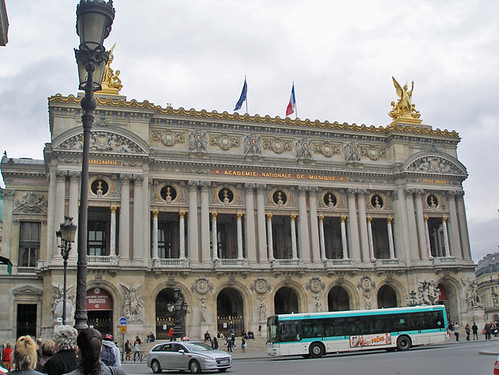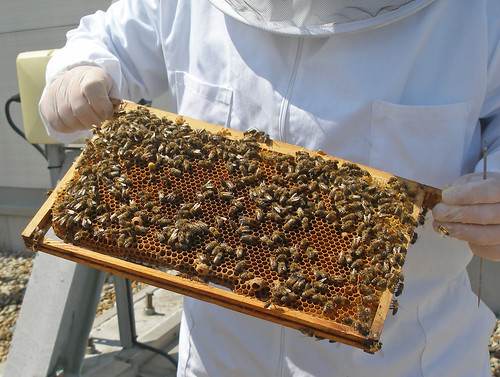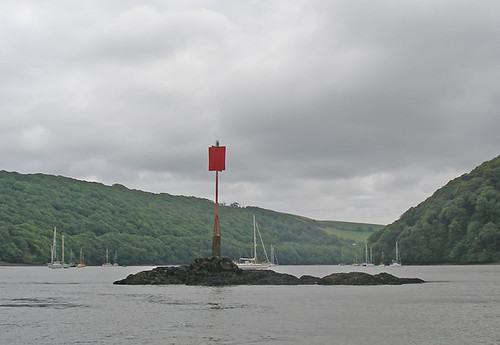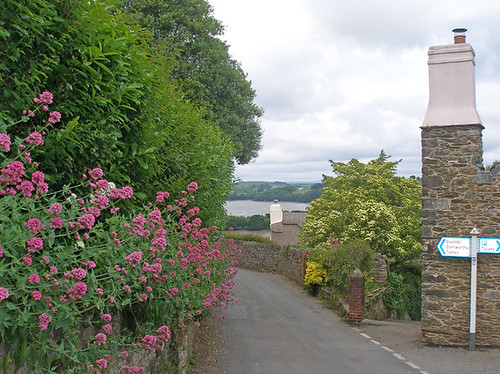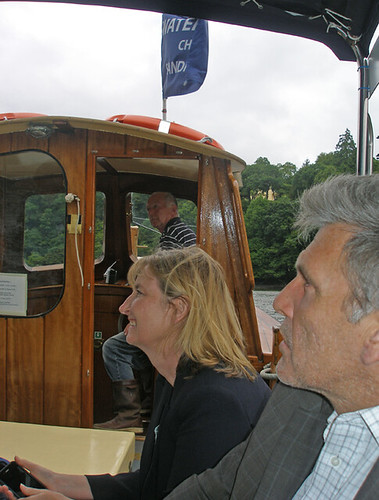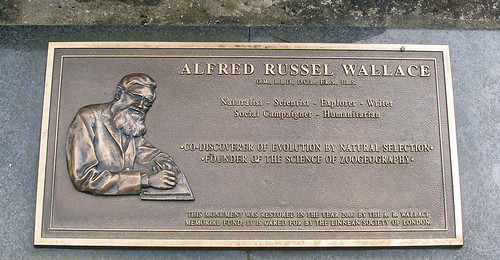In many people’s minds, the county of Devon is synonymous with cream teas, cider and summer holidays so it may come as a surprise to hear that Devon has its fair share of social problems. Over the past few months there has been a rash of incidents with so-called “legal highs”, drugs that mimic the effects of illegal substances but which are not themselves illegal. They are sold through “head shops” or via the internet.
Two of these incidents concerned teenagers: one smoked a mixture called King B and was hospitalised with a very high heart rate after suffering two seizures, another smoked a mixture called Bubble Bud and suffered a stroke. Elsewhere in the county, two men were hospitalised after taking a white powder called El Blanco. These events prompted Tony Hogg, the Police and Crime Commissioner for Devon and Cornwall, to urge local people to campaign for closure of the “head shops” selling these legal highs. Torquay’s Director of Public Health wrote to all GPs in the region warning them about the risks of the drugs.
Both King B and Bubble Bud are smoking preparations sold to mimic herbal cannabis. They will contain plant material laced with a synthetic cannabinoid drug. The synthetic cannabinoids are chemicals that act at the same sites in the brain as tetrahydrocannabinol (THC), the main active substance in cannabis. They produce the cannabis “high” but seem to be associated with a different range of adverse effects. Synthetic cannabinoids are different in structure from THC and several chemical series have been made. As of May 2013, 84 different analogues had been described in Europe reflecting the activities of labs in the Far East who make the chemicals. Some of these analogues have much higher potency than THC making them potentially much more dangerous; the high potency may account for some of the severe reactions reported. The response of authorities in Europe has been to ban the chemicals as they detect them. The labs in the Far East then supply a new cannabinoid and the cycle starts again. King B and Bubble Bud must have contained chemicals that are currently not illegal.
El Blanco is quite different and probably consists of ethylphenidate mixed with benzocaine. Ethylphenidate is a close relation of methylphenidate (Ritalin), a stimulant used to treat ADHD. Ethylphenidate causes release of the brain chemicals dopamine and noradrenalin leading to a cocaine-like euphoria. Benzocaine is a local anaesthetic and is probably included to cause numbing of the nasal passages when the drug is snorted, tricking the user in to thinking that El Blanco is cocaine.
People taking these “legal highs” are running huge risks for several reasons: the drugs are of undefined purity, the preparations contain varying amounts of the chemicals, the short and long term physiological effects of the chemicals are not well defined and none of the chemicals has undergone the kind of safety testing mandatory for a prescription medicine. Dubbing the preparations “legal highs” encourages people to feel they are safe whereas in fact the exact opposite is true. This is a new and very dangerous situation and we should look to novel ways to control it.
We may get some ideas from New Zealand, a country that has grappled with a similar problem and which has come up with new strategies to deal with “legal highs”. On July 18, the Psychoactive Substances Bill was approved by the New Zealand Parliament. This was a response to a situation that was out of control. Herbal smoking preparations (analogous to King B and Bubble Bud) had become hugely popular as cannabis substitutes. Although many of the chemicals had been made illegal, they were quickly replaced by new “legal” synthetic cannabinoids. Several thousand shops were selling the smoking preparations, many of these were convenience stores selling household goods like milk (the “dairies”) and there were few restrictions on who could buy the preparations. As one government minister commented, “It was the Wild West”.
The Psychoactive Substances Bill aims to wrest control back in to the hands of the authorities, but in a novel manner. The Bill accepts that people want to use these preparations but intends to reduce the volume sold and the risks to users. In the long term, manufacturers wishing to sell psychoactive substances will have to establish that the drugs are of low risk based on a comprehensive set of safety data that they must acquire themselves.
Obtaining the safety data will take time so interim arrangements have been put in to place. The New Zealand government wisely took the view that a complete ban on sales of “legal highs” during the interim period would drive trade underground but new controls on their sale and manufacture have been introduced. Sales of “legal highs” are now restricted to specialist shops; sales from shops selling food or alcohol are prohibited. Only those over 18 may buy or possess the drugs. Manufacturers had to apply for an interim licence to supply and these were granted to substances deemed to be of low risk, based on a clear set of criteria. Several preparations failed to meet the criteria as they were deemed to be of too high risk. Approved “legal highs” must be sold in packets carrying a health warning and a list of the active ingredients.
As a result of these changes, the number of outlets has fallen from several thousand to 110. There is a published list of approved, low-risk, smoking preparations that can be sold, each with details of the chemical contained. Given the “cloak and dagger” nature of drug sales in other countries, it is something of a revelation to see the nature and variety of the chemicals and the names of suppliers declared in this way.
The New Zealand government is either very brave or very foolish as they have created a situation whereby these “legal highs” are being sold with government approval. Quite what happens when someone becomes unwell or dies after taking one of these poorly characterised and poorly tested preparations, I am not sure. Indeed, there have already been protests in some parts of the country about the continuing sale of the compounds.
But before we rush to judgement, let’s compare what is happening in New Zealand under the new system with the existing state of affairs in the UK. In both countries, despite the difference in legal approach, people, especially young people, are using the “legal high” smoking preparations. In the UK, head shops are supplying these poorly characterised materials; we have little idea about what people are actually taking and how much and some people are damaged as a result. In New Zealand, following the change in the law, supply is via a limited number of licensed shops; the number of possible preparations has been reduced, the composition is listed and a rough idea of low risk has been established. New Zealand is making an attempt at controlling a difficult situation; only time will tell if it works.

